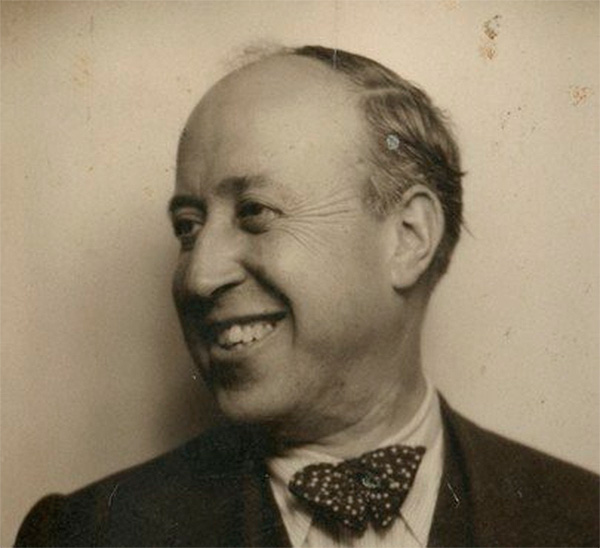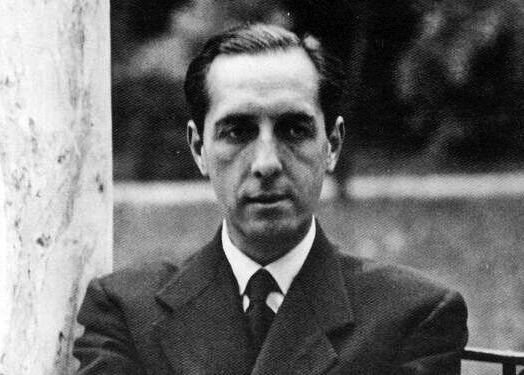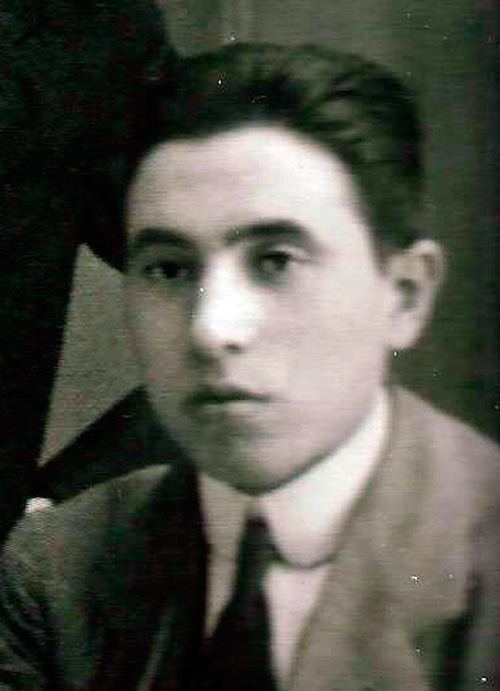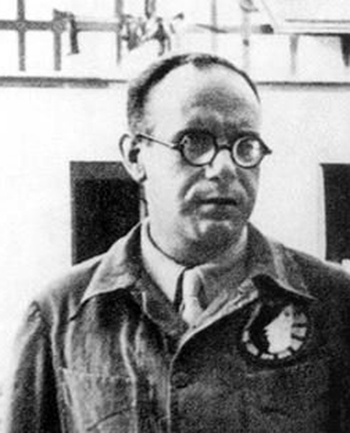Spanish drawing teacher, painter, engraver, set designer, puppet maker, designer and photographer. Friend of Federico García Lorca, Manuel de Falla and Manuel Ángeles Ortiz, among other artists from Granada who were regulars at El Rinconcillo..
He was born in Seville, but the work of his father (a cook who rented and managed hotels) took him to different places, from Buenos Aires to Lisbon. He studied in Madrid and in 1917 he obtained a position as a drawing teacher at the Teacher Training College in Granada. When he arrived in Granada he brought with him a certain reputation as an artist: he had won a third medal and an engraving prize at the National Exhibition of Fine Arts.
In 1923, he took part in the historic puppet show organized at Federico García Lorca’s house. Lanz was in charge of the puppet show, the scenery, the sets, the puppets, the flat figures for the car of the Three Wise Men…
He was quickly integrated into the cultural life of Granada. He first attended the Centro Artístico where he met Federico García Lorca in the presentation of his first book, Impressions and Landscapes (1918) and soon joined the tertulia of El Rinconcillo, in the Alameda café. There he met the rest of the artists and intellectuals of the Granada of the Silver Age: Francisco Soriano Lapresa, Ángel Barrios, Manuel de Falla, Manuel Ángeles Ortiz, Ismael de la Serna… Later he collaborated in the Flamenco Song Contest (1922) and in the launching of the magazine gallo.
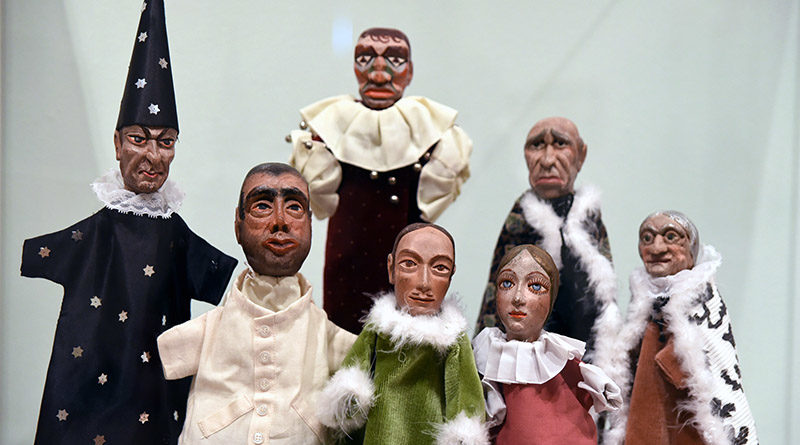
In 1923, he participates in the historical representation of puppets organized in Federico García Lorca’s house. Lanz was in charge of the puppet show, the scenery, the sets, the puppets, the flat figures for the car of the Three Wise Men… Falla valued his work and commissioned him to make the puppets and some sets for Master Peter’s Puppet Show for the performance at the palace of Princess Edmon de Polignac on June 25, 1923. Also, at the suggestion of Lorca, De los Ríos and Manuel de Falla, he founded the Athenaeum of Science and Literature in 1925, of which he became president.
Of his work as an engraver, the 21 woodcuts included in the collection Prints of Granada of 1926 stand out. As a set designer and lighting technician he participated in the recovery of the Auto Sacramental in the palace of Carlos V of the Alhambra in 1927.
A perfect blend of artist and craftsman, Lanz designed posters for promoting tourism, tiles such as the one on the Carmen de los Mascarones by Pedro Soto de Rojas, and even designed silk and batik cloth. As a decorator, he left his mark in the 1930s on the Social Security Fund of Eastern Andalusia and on the furniture of the Normal School of Granada.
With the arrival of the Second Republic, his commitment to education is projected in numerous activities, among them, the opening of an Elementary School of Work or his participation in the Pedagogical Missions.

After the military uprising of 1936 he is accused of being a friend of Fernando de los Ríos and immediately stripped of his teaching post, suspended from his salary (which he did not recover until 1938) and subjected to a purging process that was to pursue him even after his death. After Falla’s mediation with José María Pemán so that the Regime would give him back his position, he was banished to Logroño to a professional assignment that did not exist. In 1938, he recovered his position in Granada, but not the monthly payments withheld, and in 1940 the Tribunal of Responsibilities fined him and banned him from holding public office for five years.
A perfect blend of artist and craftsman, Lanz designed posters for promoting tourism, tiles such as the one in the Carmen de los Mascarones by Pedro Soto de Rojas and even designed silk and batik cloth.
Manuel de Falla’s departure into exile in 1939 plunges him further into despondency. In 1942 he creates Totolín, a string puppet that he will turn two years later into a literary hero through collaborations with Antonio Covaleda for The Literary Mail. The assaults on his house continue. A group of students of Letters breaks into his home and takes much of the material he used for his Auto Sacramental.
Leopoldo Torres-Balbas, who was replaced by the Regime by Prieto Moreno as architect of the Alhambra, proposes to him in 1944 collaboration in the restoration of the Alcazaba of Malaga, whose walls, friezes and spandrels he decorates with oil paint.
Sick and aged, in 1946 he attended the funeral of Manuel de Falla in Cadiz. In May 1949, returning from one of the mandatory indoctrination courses of the Regime, Lanz had a seizure and collapses in the street. A few hours later he died.
